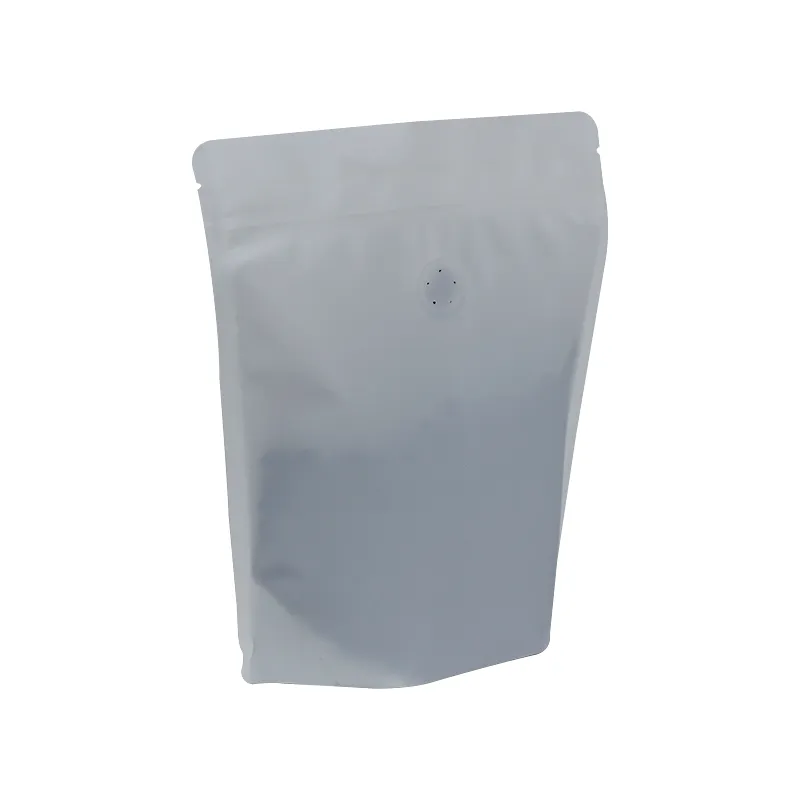- Afrikaans
- Albanian
- Amharic
- Arabic
- Armenian
- Azerbaijani
- Basque
- Belarusian
- Bengali
- Bosnian
- Bulgarian
- Catalan
- Cebuano
- chinese_simplified
- chinese_traditional
- Corsican
- Croatian
- Czech
- Danish
- Dutch
- English
- Esperanto
- Estonian
- Finnish
- French
- Frisian
- Galician
- Georgian
- German
- Greek
- Gujarati
- haitian_creole
- hausa
- hawaiian
- Hebrew
- Hindi
- Miao
- Hungarian
- Icelandic
- igbo
- Indonesian
- irish
- Italian
- Japanese
- Javanese
- Kannada
- kazakh
- Khmer
- Rwandese
- Korean
- Kurdish
- Kyrgyz
- Lao
- Latin
- Latvian
- Lithuanian
- Luxembourgish
- Macedonian
- Malgashi
- Malay
- Malayalam
- Maltese
- Maori
- Marathi
- Mongolian
- Myanmar
- Nepali
- Norwegian
- Norwegian
- Occitan
- Pashto
- Persian
- Polish
- Portuguese
- Punjabi
- Romanian
- Russian
- Samoan
- scottish-gaelic
- Serbian
- Sesotho
- Shona
- Sindhi
- Sinhala
- Slovak
- Slovenian
- Somali
- Spanish
- Sundanese
- Swahili
- Swedish
- Tagalog
- Tajik
- Tamil
- Tatar
- Telugu
- Thai
- Turkish
- Turkmen
- Ukrainian
- Urdu
- Uighur
- Uzbek
- Vietnamese
- Welsh
- Bantu
- Yiddish
- Yoruba
- Zulu
Understanding the Mechanism Behind Vacuum Packing and Its Benefits for Food Preservation
Understanding How Vacuum Packing Works
Vacuum packing is a popular method used for preserving food and packaging products with the goal of extending their shelf life. This technique has gained attention not only in commercial settings but also among home cooks and food enthusiasts. To fully understand how vacuum packing works, we need to explore the principles behind it, its benefits, and its application.
The Science Behind Vacuum Packing
At the core of vacuum packing is the process of removing air from a storage container before sealing it. This is important because many microorganisms, such as bacteria and mold, thrive in oxygen-rich environments. When food is exposed to air, it can spoil more quickly due to oxidation and the growth of these bacteria, leading to loss of flavor, nutritional value, and safety.
When a vacuum sealer is employed, the device creates a low-pressure environment within a bag or container. The machine sucks out the air, effectively reducing the oxygen levels surrounding the food. Once the air is removed, the bag is sealed tightly, preventing any air from entering and ensuring that the food remains isolated from the external environment.
The Benefits of Vacuum Packing
1. Extended Shelf Life By removing oxygen and limiting exposure to air, vacuum packing can significantly prolong the freshness of food items. For example, vacuum-sealed meats can last up to five times longer than when stored in regular packaging. This is particularly helpful for bulk purchases and seasonal produce.
2. Prevention of Freezer Burn When food is stored in a freezer, moisture can evaporate and cause freezer burn, which leads to a dry texture and altered flavor. Vacuum packing minimizes this moisture loss, helping to preserve the quality of the food.
3. Space Efficiency Vacuum-packed items take up less space than their regular counterparts. When air is removed, bags can be more compact, which makes them easier to store in refrigerators and freezers.
4. Flavor and Nutrient Retention Vacuum sealing helps maintain the flavor and nutrients of food. The reduced exposure to air minimizes oxidation—the process that can destroy vitamins and alter taste.
how does vacuum packing work

5. Convenience Vacuums packing allows for meal prepping and portion control. You can prepare meals in advance, seal them, and simply reheat when needed, saving time during busy days.
6. Sous Vide Cooking Vacuum packing is also essential for sous vide cooking, a method that involves cooking food in a water bath at precisely controlled temperatures. For this technique to work effectively, the food must be vacuum-sealed to ensure even cooking.
How to Vacuum Pack
Using a vacuum packing machine is straightforward, and it usually involves a few simple steps
1. Choose the Right Bag Not all plastic bags are suitable for vacuum packing. Specialized vacuum bags are thicker and designed to withstand the compelling nature of vacuum sealing.
2. Prepare the Food Remove excess moisture from the food, as liquid can interfere with the vacuum sealing process. Portion the food items and place them in the bag.
3. Seal the Bag Place the open end of the bag into the vacuum sealer. The machine will remove the air and seal the bag shut. Many vacuum sealers come with settings for different types of food, allowing for customization based on what is being packed.
4. Storage Once sealed, the vacuum-packed food can be stored in the refrigerator, freezer, or pantry, depending on the type of food.
Conclusion
Vacuum packing is a technique that combines science and practicality, making it an excellent choice for preserving food and extending its shelf life. With benefits ranging from preventing spoilage to saving space, vacuum packing has become an indispensable tool for home cooks and food businesses alike. Understanding how this process works empowers individuals to make informed decisions about food storage, reduce waste, and enhance culinary experiences. As the demand for food preservation continues to rise, vacuum packing is likely to remain a popular choice for maintaining food quality and safety.













